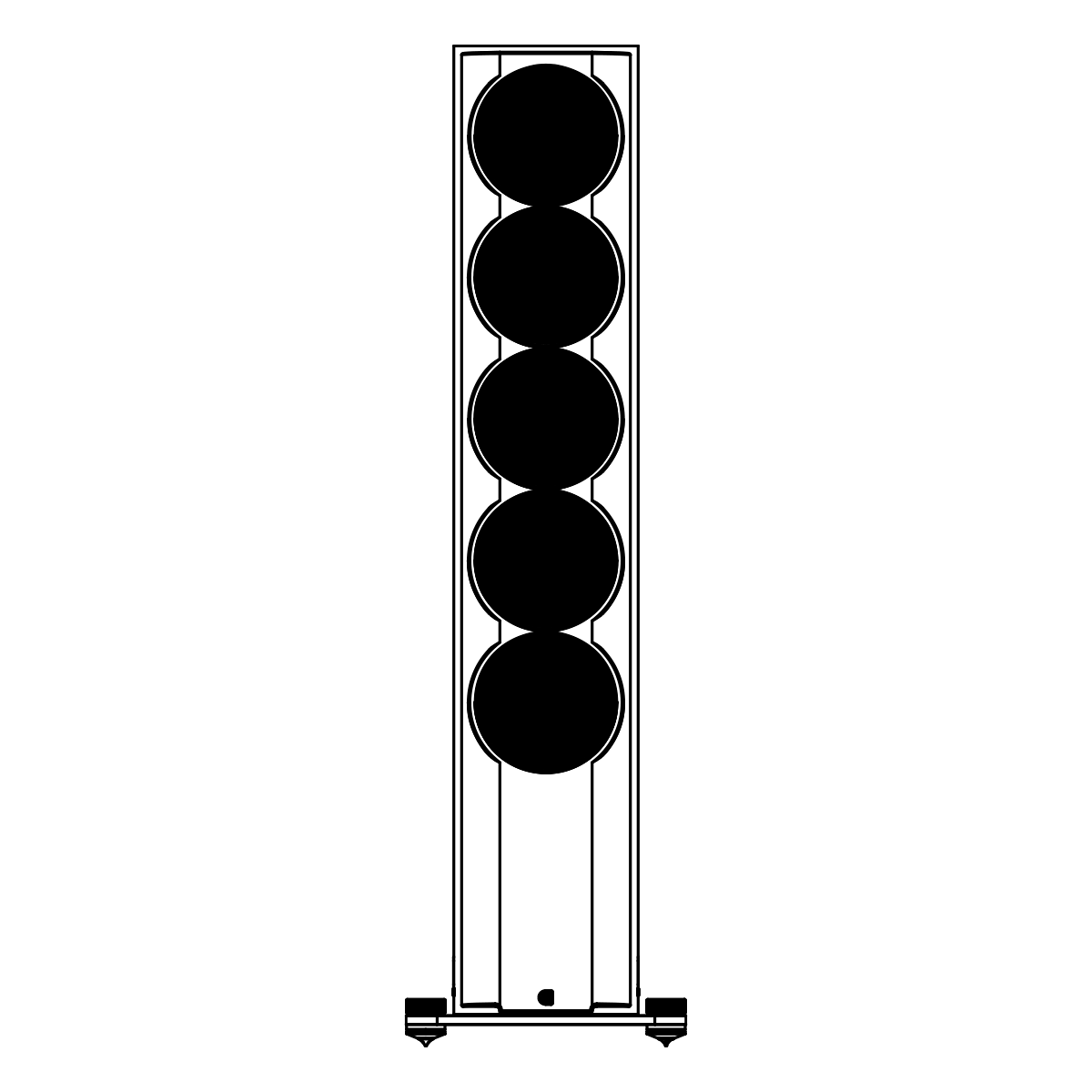I think when they where new on the market, the speaker manufacturers wanted you to hear they new shiny tweeters and lifted the response a bit , and they did not understand directivity either so the increased off axis treble energy just went into the room combined with a jarring directivity discontinuity in the low treble and midrange .
Old dome tweeters in other materials migth have been the opposite and did not project much treble energy of axis .
And speaker designers of the time had yet not learned to balance such factors ?
And as mentioned a tendency to over cook the treble response due to “details” the sound now have more “micro details” ( aka more treble ).
I think it coincided with the rise of small two way speakers as the norm ?
I think you can blame B&W too all thier speakers sounds like kazoos in the upper range

( a slight exaggeration)
And audiophiles did not have room treatment or eq or even simple tone controls ( because that was somehow bad )
And of two bad’s many picks slightly dull over bright
( a slight exaggeration)

